Rennet For Cheese Making: Everything You Need To Know
4th Aug 2021

Depending on the kind of cheese you’re looking to make from home, you may find your recipe calling for an ingredient you probably won’t find at your local grocer: rennet. While coming across an unfamiliar ingredient can be intimidating, rest assured that rennet is easy to understand with just a bit of knowledge. Here, we’ll demystify rennet once and for all.
Rennet is an ingredient used in cheesemaking to facilitate the proper formation of a firm curd. It helps extract the maximum amount of milk solids from the milk when compared to other methods, ensuring a high yield of cheese.
Yet, rennet isn’t necessarily a simple add-in to a given recipe. It takes on many forms and potencies, all of which have the potential to affect your cheese in different ways. To ensure a smooth cheesemaking process with delicious results, you’ll want to be well-versed in everything rennet.
What is rennet?
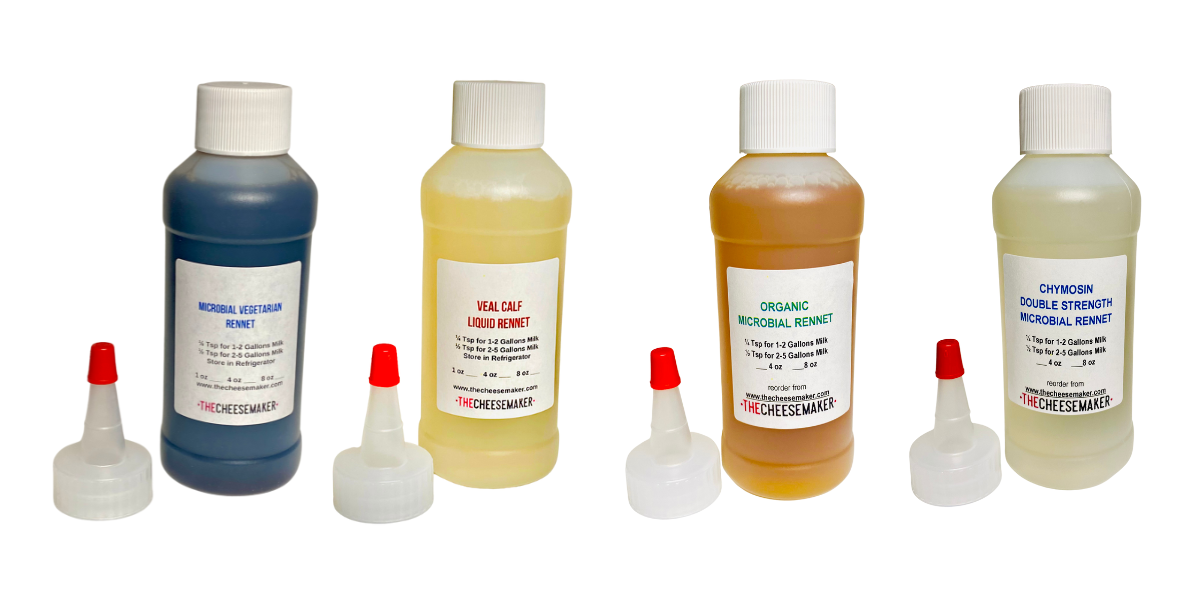
Rennet is a type of coagulant used in cheesemaking when separating milk into curds and whey. Rennet is composed of a specific enzyme, chymosin, that is well-suited to separate the milk solids (the parts used in cheesemaking) from the liquids. For cheesemaking, rennet helps to form firm curds and is crucial in finding the right texture for your cheese. Where some recipes will use acid or an acid-producing bacteria to do this, cheesemakers use rennet to better cultivate the final flavor profile of their cheese.
Pepsin is another enzyme typically present in rennet, but cheesemaking rennet has a much higher chymosin content than pepsin content. Pepsin is a naturally occurring digestive enzyme in humans along with many other animals, and its primary purpose is to break down proteins. Too much of this enzyme can adversely affect the texture of your cheese. Luckily, all of the rennet products available on our online store at The CheeseMaker are perfectly suited for your cheesemaking needs!
What's the best rennet for cheese making?
The specific type of rennet you’ll want to use will depend on the type of cheese you’re making. Rennet can vary in terms of source, potency, and form, so you’ll want to be sure to have the proper rennet for your recipe. The most significant differentiator between kinds of rennet is where they are sourced, namely animal and vegetable rennets.
Animal rennet vs vegetable rennet
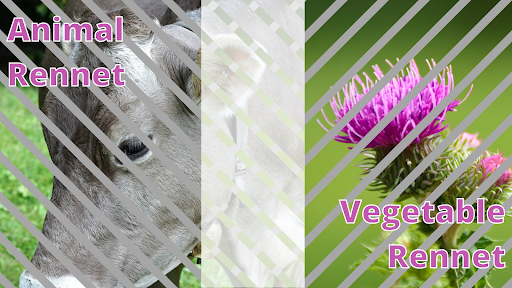
Animal rennet is an animal product that’s been a part of cheesemaking for centuries while vegetable rennet is a comparatively new product and technique. The vast majority of store-bought cheeses use vegetable rennet in their production, but there is good reason most artisanal cheese makers use animal rennet.
Traditionally, animal rennet has been sourced from the stomachs of unweaned ruminants, giving it the name of animal rennet. Ruminants are animals like cattle, goats, and sheep, and they all have unique digestive systems that produce the chymosin enzyme necessary for cheesemaking. Today, animal rennet is a byproduct of the beef industry, so it is a great way to use a material that would otherwise be discarded.
Newer methods of sourcing rennet have been developed that use no animal products in their production. Vegetable rennet, as it is called, can be sourced from a number of plants that naturally produce the chysomin enzyme. These plants inlcude artichokes, thistle, and nettle. More commonly, vegetable rennet is derived from the Mucor miehei fungus and mimics animal rennet. This is why you may also see it being called microbial rennet. Don’t worry, none of the fungus remains in the final product. Vegetable rennet is a great choice if you’re looking to make vegetarian-friendly cheeses or if you’re looking to cut back on the number of animal products you use. This type of rennet can also be kosher. These attributes make vegetable rennet a great resource when making cheese to serve a variety of food preferences and sensitivities.
| Rennet | Vegetarian? | Double Strength? | Organic | Form | Kosher |
|
Liquid Microbial Rennet Vegetarian Rennet |
✓ | Liquid |
|
||
|
Organic Microbial Liquid Rennet |
✓ | ✓ | ✓ | Liquid | ✓ |
|
Chymosin Liquid Rennet Double Strength |
✓ | ✓ | Liquid | ✓ | |
|
Veal Calf Liquid Rennet |
Liquid | ||||
|
Veal Calf Rennet Powder Granules |
✓ | Dry | |||
|
Veal Calf Rennet Tablets |
✓ | Dry | |||
|
Microbial Vegetarian Rennet Tablets |
✓ | Dry | |||
|
Chymosin Dry Rennet Powder |
✓ | Dry | ✓ |
What kind of rennet should I use?
Foremost, it is important to note that animal rennet and vegetable rennet are not necessarily interchangeable. Each ingredient has its own unique traits and can affect your cheese differently. For example, vegetable rennet can begin to impart a slightly bitter taste to cheese after an extensive aging process (3+ months). It also may not be as easy to use as animal rennet, as it can produce somewhat inconsistent results that beginners may have trouble compensating for. If you don’t back down from a challenge, you can achieve a truly delicious cheese with the use of vegetable rennet. It makes for an exciting learning process and is a great way to build your cheesemaking expertise.
If you are not concerned about making a vegetarian cheese or unless your recipe specifically asks for vegetable rennet, animal-based rennet will likely be your best bet. It has a long track record of success and is generally a bit easier to work with. Still, vegetable rennet is a great way to procure vegetarian-friendly cheese that could be otherwise unattainable. Cheesemaking corporations in the US are not required by law to list the kind of rennet used in their cheesemaking process on the packaging, so it can be difficult to navigate the grocery store for a truly vegetarian cheese.
Forms of rennet
Rennet will come in either liquid or dry forms, both of which have their benefits and nuances to consider. Either form can yield truly delectable results, so it’s ultimately up to your preference which you choose to use. Below are the reasons why you might choose one over the other.
Liquid Rennet Benefits:
- Easy to measure
- Ready to use
Liquid Rennet Considerations:
- Shorter shelf life than dry rennet
Dry Rennet Benefits:
- Long shelf life
- Takes up less space in your fridge
Dry Rennet Considerations:
- Requires extra care when measuring
- Needs to be dissolved before use
Which cheese requires which rennet?
Depending on the kind of cheese you’re looking to make, there is a specific rennet available for your purposes. Purchasing liquid vs. dry rennet is mostly a preference item, but the other attributes of a given rennet will affect the resulting cheese.
|
Use animal rennet for:
|
Use Use microbial rennet for:
|
Use chymosin rennet for:
|
Should I use calcium chloride?
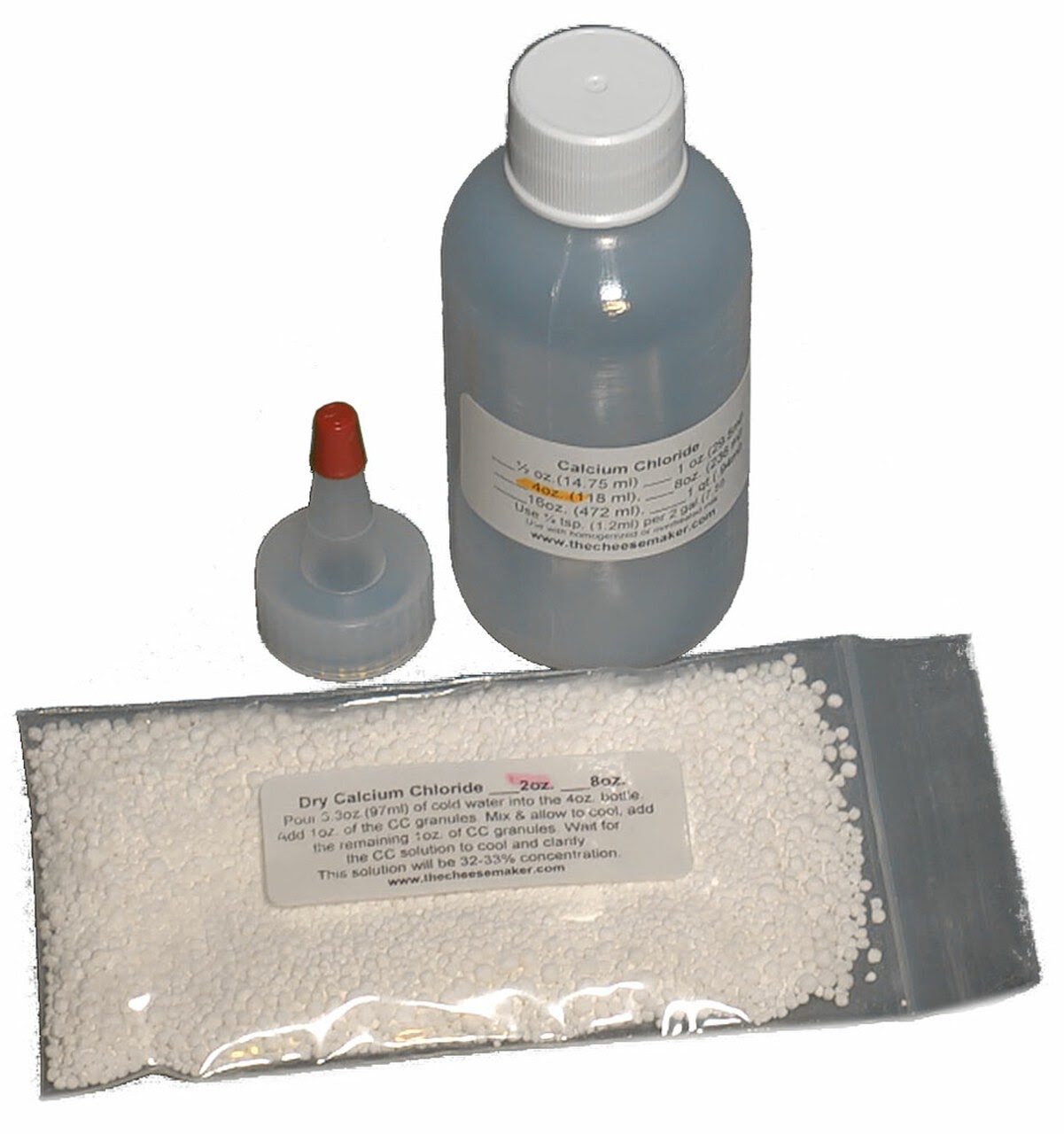
In certain cases, the use of calcium chloride can help your rennet perform better. Rennet’s primary purpose is to coagulate milk, of course. Calcium chloride increases coagulation, especially in the case of milk that is pasteurized, homogenized, or low in total solids (like reduced-fat milk). Ultra-pasteurized milk undergoes an intense high-heat sterilization treatment and is not recommended for use in cheesemaking–not even calcium chloride will compensate for it.
Calcium Chloride is added to the milk at the same point as rennet, so they work together to produce firm curds. As for how it works, calcium chloride introduces protein-fortifying calcium and slightly lowers the ph of your milk. Both of these attributes lead to a higher extraction of milk solids, meaning you get higher yields for more delicious cheese.
Calcium chloride can be purchased in either liquid or granulated form, but you’ll want to add it to your recipe in its liquid form. You can save by ordering it in its granulated form and mixing it on your own. A concentration of one part calcium chloride to two parts non-chlorinated water is ideal.
Can cheese be made without rennet?
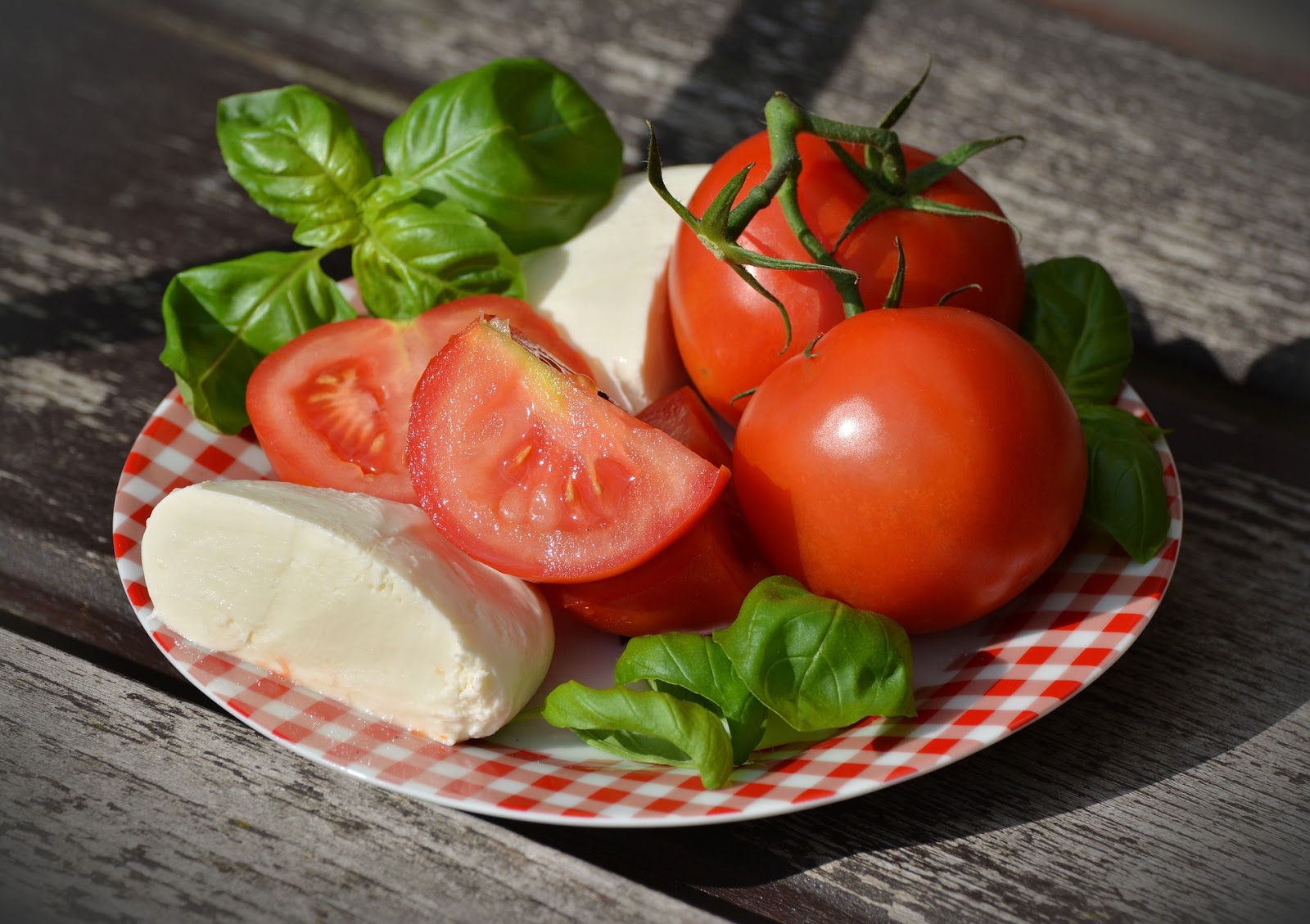
Yes! There are a variety of cheeses that you can make without rennet altogether. Just about any cheese can be improved upon with the use of rennet, but it’s not always a definite necessity. Cheeses that exclude rennet will then use another method of coagulation, such as the addition of an acid (like vinegar) or a culture. Some cheeses that don’t always require the use of rennet include:
- Mozzarella
- Cottage cheese
- Cream cheese
- Crème fraîche
While some cheeses can fare well without rennet, that’s not always the case. The separation of curd and whey is a fairly complex process that greatly affects the final taste and texture of a given cheese. As a result, some cheese recipes will call for both a culture and rennet to achieve optimal results. The culture serves to lower the ph of your milk and the rennet adds enzymes that help break down the proteins like casein.
Some cheeses that don’t use rennet (or any other coagulant for that matter) are vegan cheeses. Vegan cheese uses ingredients like vegan milk and nutritional yeast to achieve the cheesy flavor and ingredients like tapioca starch to achieve the desired texture. If vegan cheese is of interest to you, take a look at our vegan cheesemaking kit and our article that explains everything included in the kit.
Rennet storage
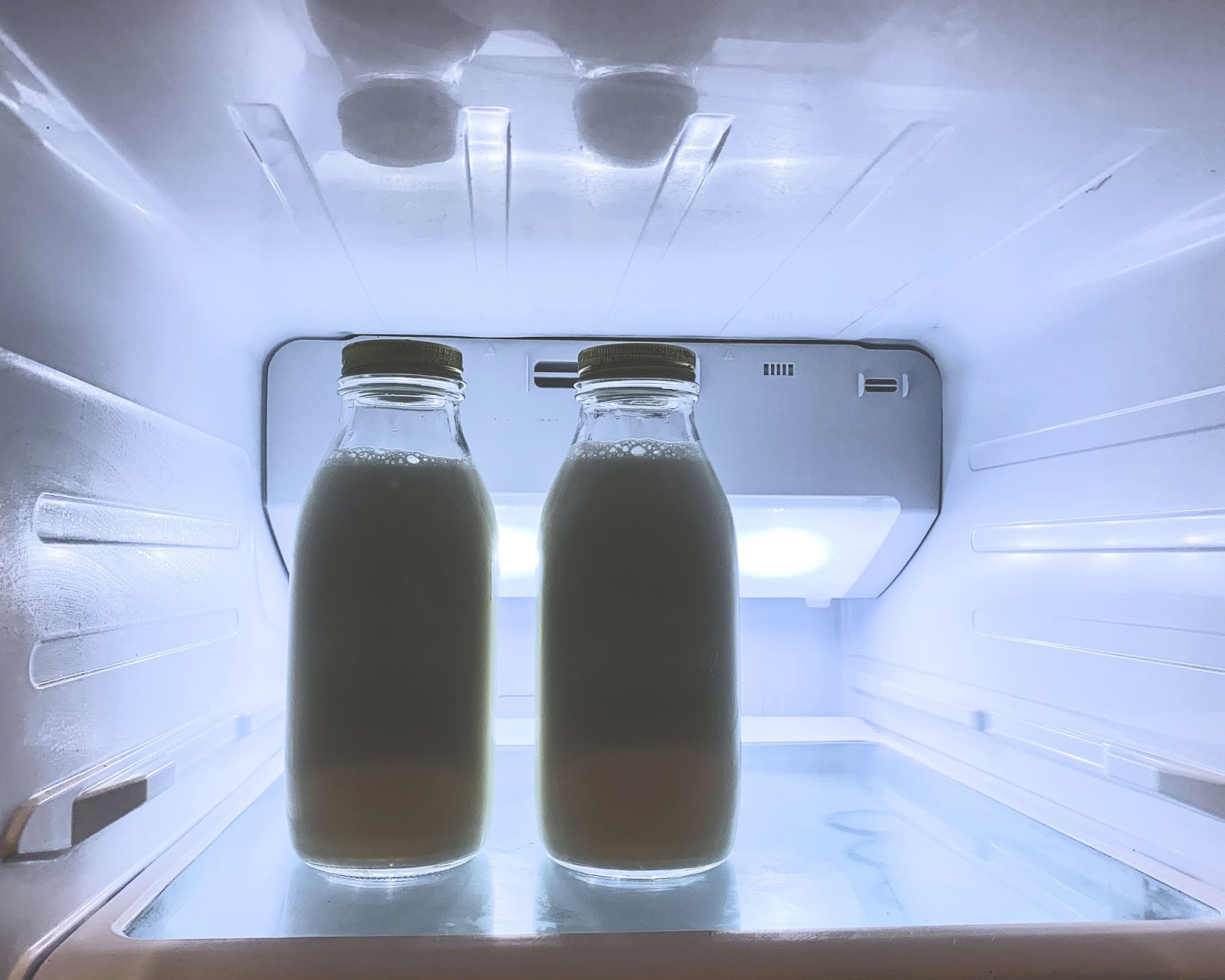
Rennet can be stored in a variety of ways, but there are some best practices specific to the type of rennet you have. Liquid rennet (both animal and vegetable types) should be stored in the refrigerator but should never be frozen. Liquid vegetable rennet has a recommended shelf life of about one year. Dry rennet varieties should also be refrigerated when stored and have a longer shelf life compared to their liquid counterparts.
When considering the varying shelf lives of these products, know that refrigerated rennet does not go bad. Once past its “best by” date, rennet simply begins to lose some of its potency. To compensate, you can add a bit more rennet to your recipe than you typically would. Before adding it to your entire batch, you can test your rennet by diluting a ¼ teaspoon of rennet with 30ml of water and adding it to a cup of warmed milk. In about six minutes, the mixture should form a curd that can be cut by a knife.
So while rennet is not common knowledge outside of the realm of cheesemaking, it is an ingredient that’s easy to gain an understanding of. Incorporating rennet into your cheesemaking can broaden your capabilities in everything from the flavor of your cheese to the people you can share it with. If you have any questions about our rennet or how to incorporate rennet into your cheesemaking, feel free to contact us!

